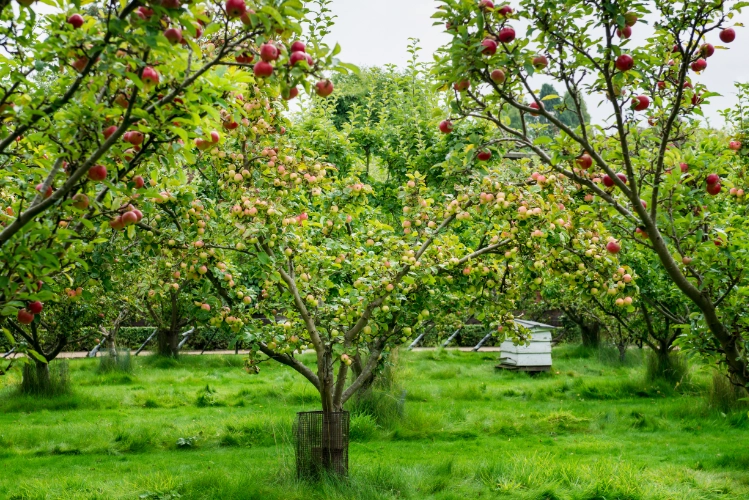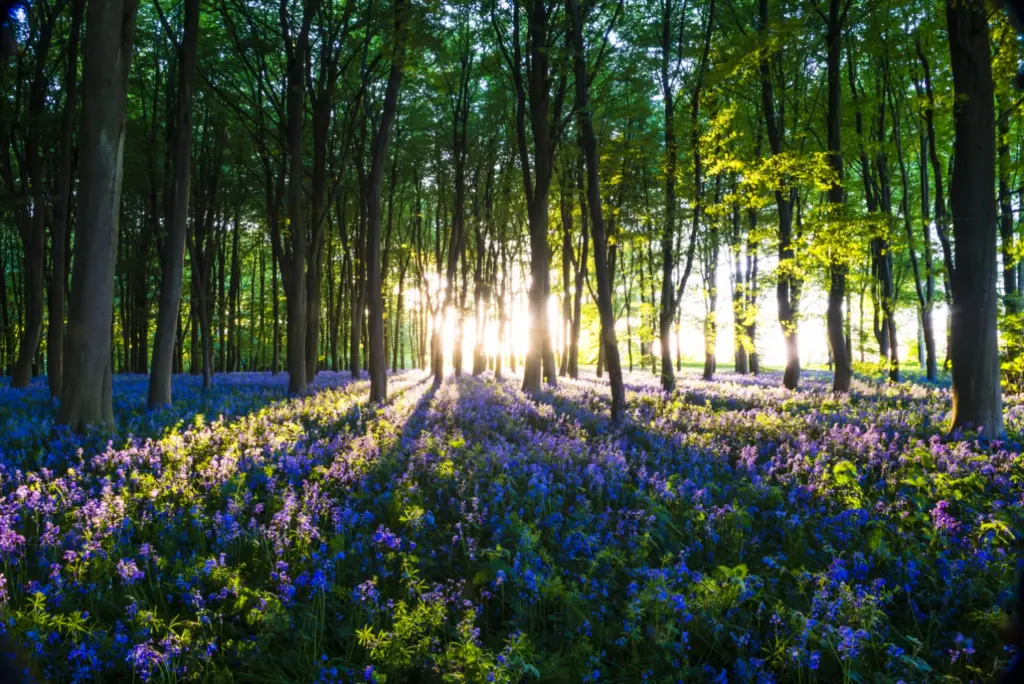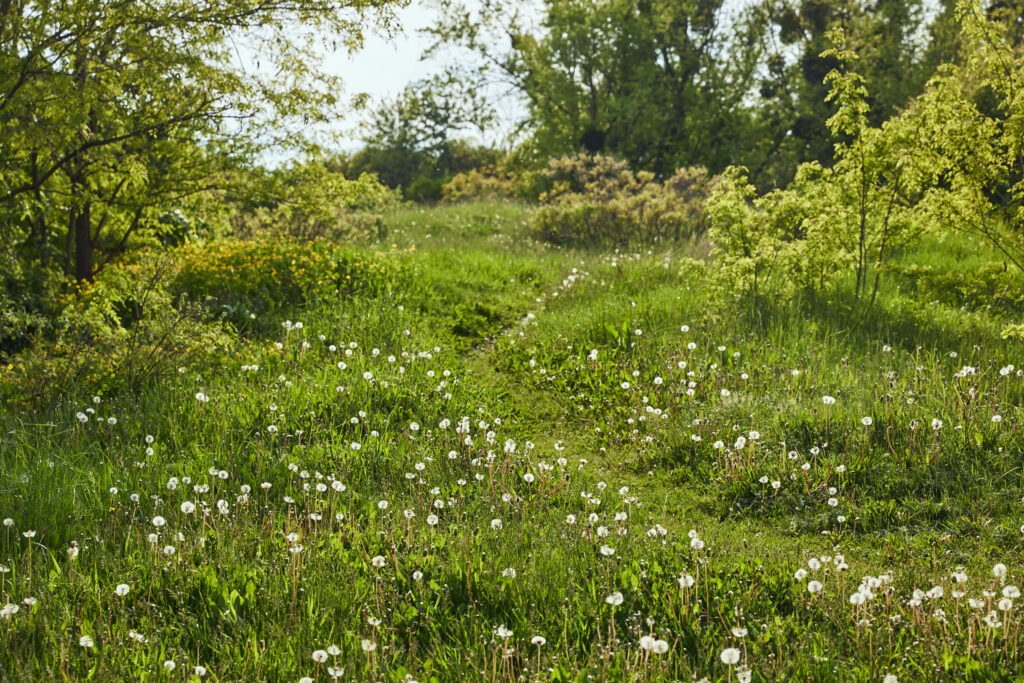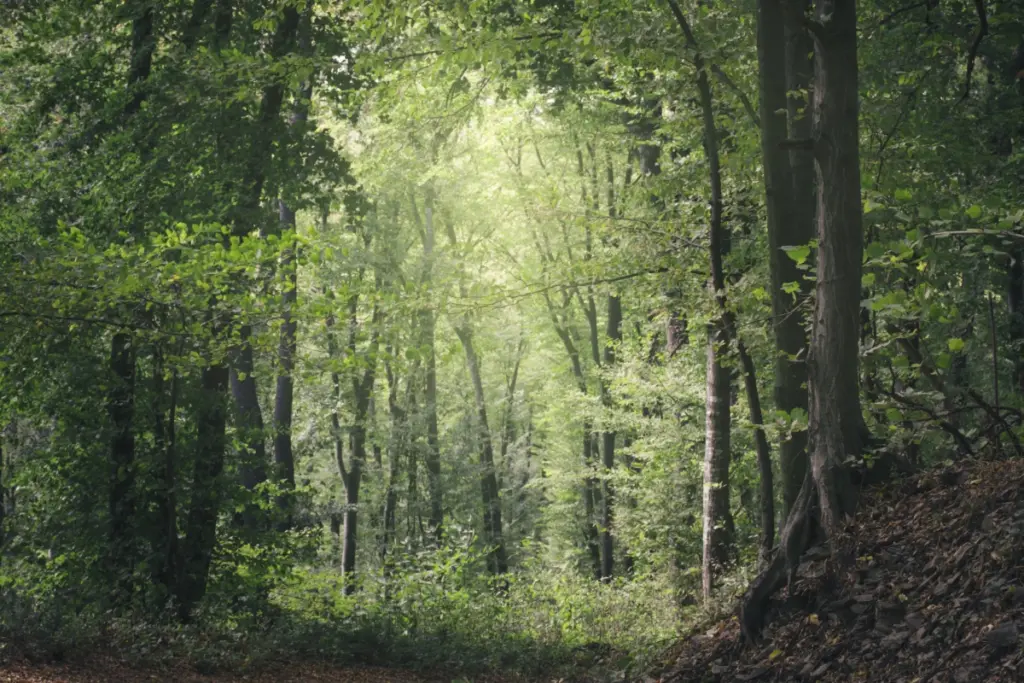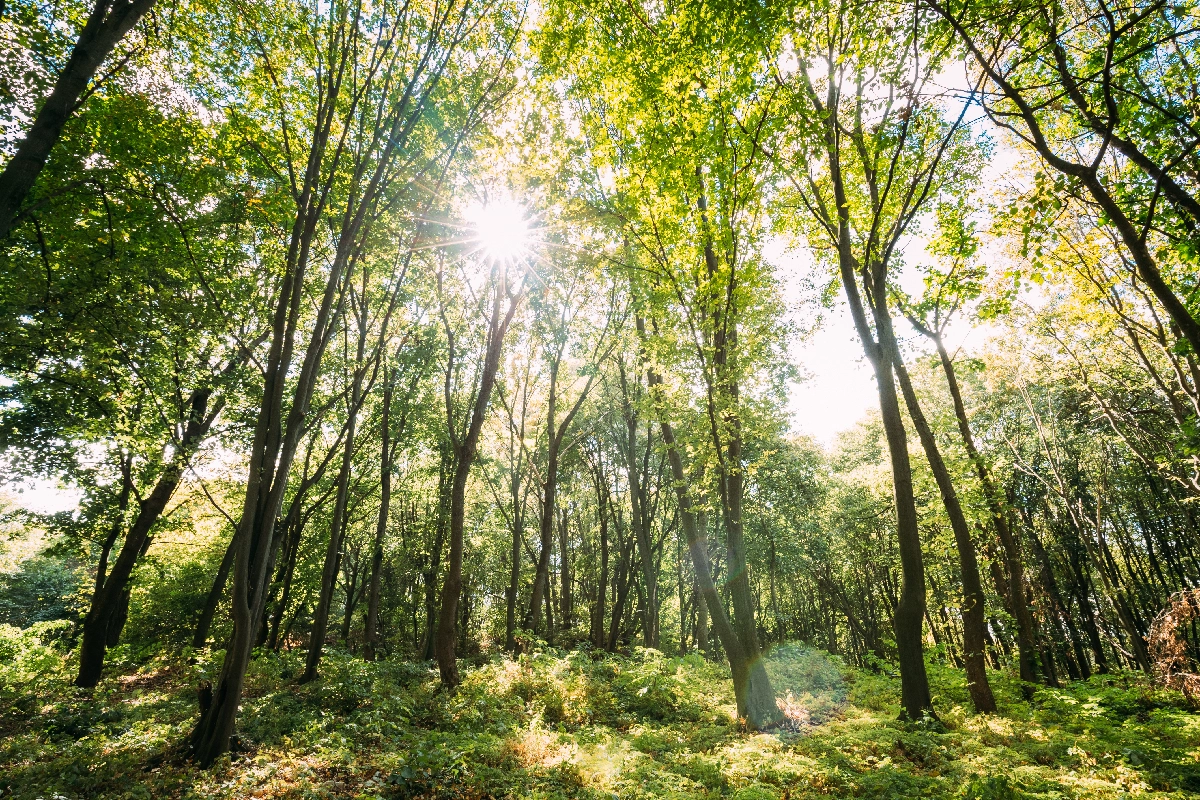When planning for end-of-life, more and more people are asking the same quiet but powerful question: “Is there a more natural resting place?”
The answer is yes—and it's part of a growing movement towards simpler, greener, and more meaningful farewells. Whether you're planning ahead for yourself or honouring the wishes of a loved one, exploring natural resting places can lead to a choice that reflects care for both people and the planet.
In this article, we’ll explain what a natural resting place is, explore the different types available, and share why more families are choosing this gentle, environmentally friendly alternative to traditional funerals.
What Is a Natural Resting Place?
A natural resting place is a location where a body or ashes are laid to rest in a way that honours nature. These places are designed to allow the body to return gently to the earth—without chemicals, concrete, or pollution—while supporting wildlife, soil health, and long-term land conservation.
Unlike traditional cemeteries with polished headstones and manicured lawns, natural resting places are found in:
-
Woodlands
-
Wildflower meadows
-
Orchards
-
Nature reserves
-
Rewilded farmland
They are often part of natural burial grounds, which follow environmentally friendly burial practices and maintain the land as a living, breathing space for remembrance.
The Problem With Traditional Burial and Cremation
Before we explore the alternatives, it helps to understand why many people are now seeking a more natural approach.
Traditional Burial
-
Involves embalming fluids, which contain toxic chemicals
-
Often uses metal-lined or hardwood coffins, which take decades to decompose
-
May include concrete vaults or plastic grave liners, which remain in the ground permanently
-
Cemeteries require constant maintenance, including mowing, landscaping, and chemical treatments
Cremation
-
Often seen as a “cleaner” option, but uses a large amount of energy
-
Releases carbon dioxide and mercury into the atmosphere
-
Leaves ashes that are inert and don’t help the soil when scattered
Both methods, while widely accepted, are now being rethought by people who want their final act to nurture, not damage, the Earth.
What Makes a Resting Place Natural?
To be considered truly natural, a resting place should:
-
Avoid embalming
-
Use biodegradable materials (like cardboard, willow, wool, or mushroom coffins)
-
Allow natural decomposition
-
Preserve or restore the landscape
-
Support biodiversity
-
Minimise infrastructure (no paved walkways, no artificial lighting)
Most natural burial grounds are carefully managed with conservation in mind. Some even work with wildlife trusts, landowners, or rewilding charities to protect the land in perpetuity.
Types of Natural Resting Places
There are a range of beautiful and deeply personal options for choosing a natural resting place. Each one offers something a little different—but all share the same focus on environmental care and simplicity.
Woodland Burial Grounds
Set among trees and shaded by leaves, woodland burial grounds allow people to be laid to rest in living forests. Over time, new trees may be planted, creating a woodland rich with life, birdsong, and peace.
No formal gravestones are used—often a tree, log, or wild marker is placed instead, or a location is recorded using GPS.
Meadow and Wildflower Burials
Burials in open meadows or rewilded fields offer a natural resting place under wide skies, among grasses and native flowers. These landscapes are carefully managed to support pollinators, insects, and birds.
Many meadow burial grounds avoid pathways or fences, allowing the land to grow freely and beautifully around each resting place.
Orchard Burials
Less common but equally meaningful, some burial grounds are designed as orchards, where loved ones rest among fruit trees. These spaces are often organic, seasonal, and family-friendly—combining remembrance with a legacy of nourishment.
The symbolism of planting trees and harvesting fruit makes orchard burials a poetic, life-affirming choice.
Conservation and Nature Reserve Burials
Some natural burial grounds are part of larger conservation efforts—on land protected by charities, trusts, or community organisations. In these spaces, each burial helps fund the protection of habitats, hedgerows, wildflower banks, and native species.
Being buried in a nature reserve allows your final resting place to actively support the protection of life.
Why People Choose a Natural Resting Place
Choosing a natural resting place is about more than being “eco-friendly.” It’s about values, peace, and connection. Here are just a few reasons why more people are choosing this path:
-
A lighter footprint – Natural burials reduce waste, emissions, and pollution
-
Simplicity – A return to older, more grounded traditions without unnecessary fuss
-
Personal meaning – Many people find comfort in the idea of becoming part of the land
-
Legacy – Supporting rewilding or conservation can leave a lasting gift
-
Cost – Often more affordable than conventional funerals
Most of all, natural resting places feel calm and human. They’re not about permanence—they’re about transformation and returning to the rhythms of nature.
Planning for a Natural Resting Place
Whether you’re thinking ahead or facing a more immediate decision, it’s helpful to:
-
Talk with your family about your wishes
-
Choose a natural burial ground that aligns with your values
-
Consider a biodegradable coffin or shroud
-
Think about what kind of memorial, if any, you’d like
-
Ask about tree planting, natural marking, or wildflower options
-
Use a directory (like ours) to find a site near you
Some natural burial grounds allow pre-purchase of plots or tree planting in advance, while others are designed to remain flexible and open to the changing seasons.
Finding the Right Place for You
There are now over 250 natural burial grounds in the UK, with more being created as awareness grows. Our directory helps you discover peaceful, natural resting places in:
-
Woodlands
-
Meadows
-
Orchards
-
Countryside nature reserves
Each one has its own feel—so we always recommend visiting a few, talking to the people who run them, and seeing which one feels right.
Letting Nature Hold You
A natural resting place is more than a location. It’s a philosophy—one that says we are part of nature, and that even in death, we can choose kindness, beauty, and renewal.
By choosing a natural burial, you can rest beneath trees, among flowers, or under an open sky—nurturing the soil, supporting wildlife, and leaving behind not a scar, but a gift.
Explore Natural Resting Places Across the UK
Search our Directory ➜ Natural Burial Sites Near Me
Find peaceful, eco-friendly burial grounds near you.


